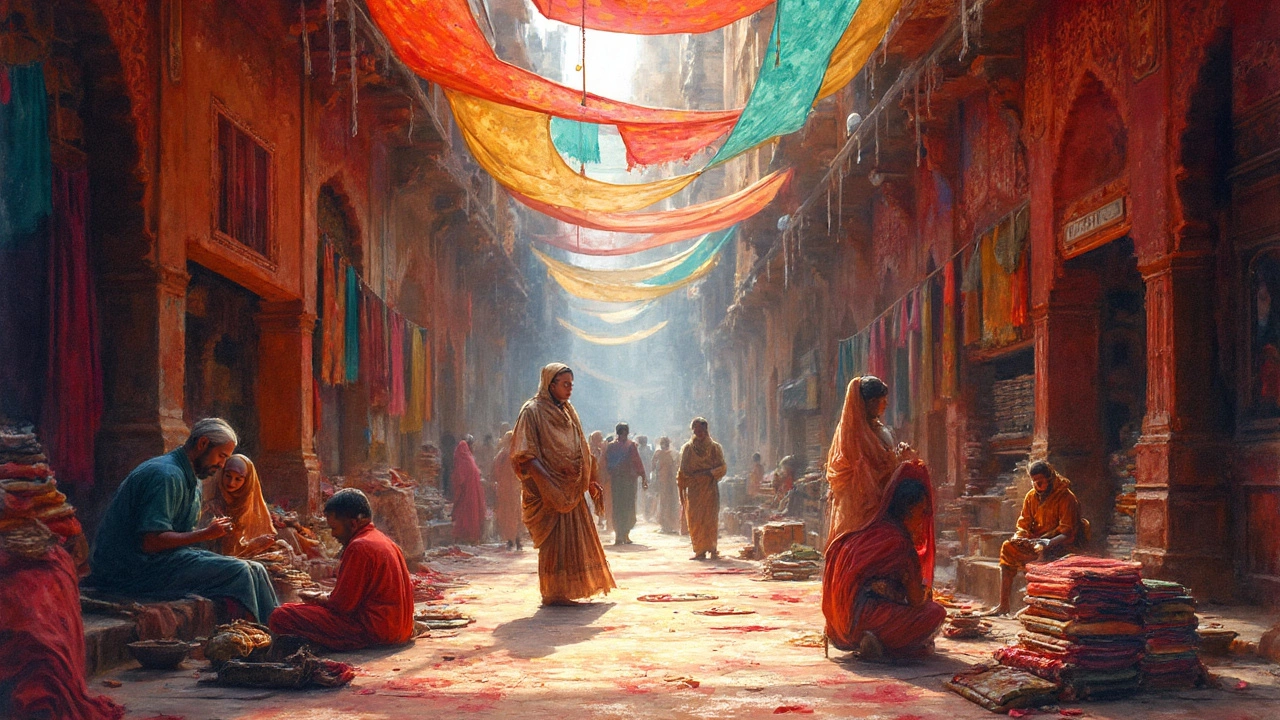Silk Manufacturing Insights in India
Silk isn’t just a fancy fabric; it’s a powerhouse for Indian manufacturers. From traditional hand‑loom villages to high‑tech mills, the silk sector pulls in a steady flow of jobs and export dollars. If you’re curious about how silk fits into today’s industrial landscape, you’re in the right spot. We’ll break down why silk stays popular, what’s changing on the production line, and how you can tap into this market without getting lost in jargon.
Why Silk Remains a Top Choice
First off, silk offers a mix of strength and softness that few other fibers can match. That makes it perfect for premium clothing, home décor, and even medical textiles. Indian growers also benefit from a climate that supports mulberry cultivation, the primary food source for silkworms. Because the raw material is locally sourced, manufacturers can keep costs lower than many imported fibers.
Another big plus is the global demand for sustainable fabrics. Silk is biodegradable, and many consumers are willing to pay extra for a natural product that doesn’t harm the environment. This shift in buyer preferences has opened doors for small‑scale producers to scale up and for large factories to explore eco‑friendly branding.
Key Trends Shaping the Silk Industry
Technology is stepping into the silk world faster than you might think. Automated reeling machines now spin yarn at higher speeds while preserving the fiber’s natural sheen. Meanwhile, digital design tools let designers experiment with colors and patterns before a single thread is cut, reducing waste and speeding up product cycles.
On the market side, India’s silk exports have grown by double‑digit percentages over the past three years, driven by demand from the US, EU, and East Asian markets. At the same time, domestic fashion brands are launching silk collections that blend traditional motifs with modern cuts, creating fresh sales channels for manufacturers.
If you’re eyeing an entry point, consider niche products like silk‑blended technical fabrics used in sportswear or medical sutures. These segments command higher margins because they cater to specialized needs where silk’s natural properties—breathability, tensile strength, temperature regulation—offer real performance benefits.
Finally, government schemes such as the “Silk Development Programme” provide subsidies for silkworm seed, farm infrastructure, and export promotion. Tapping into these incentives can lower upfront costs and improve cash flow, especially for new players.
In short, silk manufacturing in India blends heritage with high‑tech, offers solid profit potential, and aligns with sustainability trends. Whether you’re a seasoned dealer or a startup founder, the silk sector has room for growth—just keep an eye on technology upgrades, market demands, and the support programs that can give you a leg up.

Most Expensive Fabrics in India: A Look at Luxury Textiles
India is home to some of the world's most luxurious and expensive textiles. From the opulent Banarasi silk to the intricate craftsmanship of Pashmina, these fabrics are not only a reflection of the country's rich heritage but also an expression of artisan skill. Dive into the world of premium Indian textiles, exploring what makes them so uniquely valuable. Discover the interesting facts and unique properties that contribute to their high price tag.
Read More